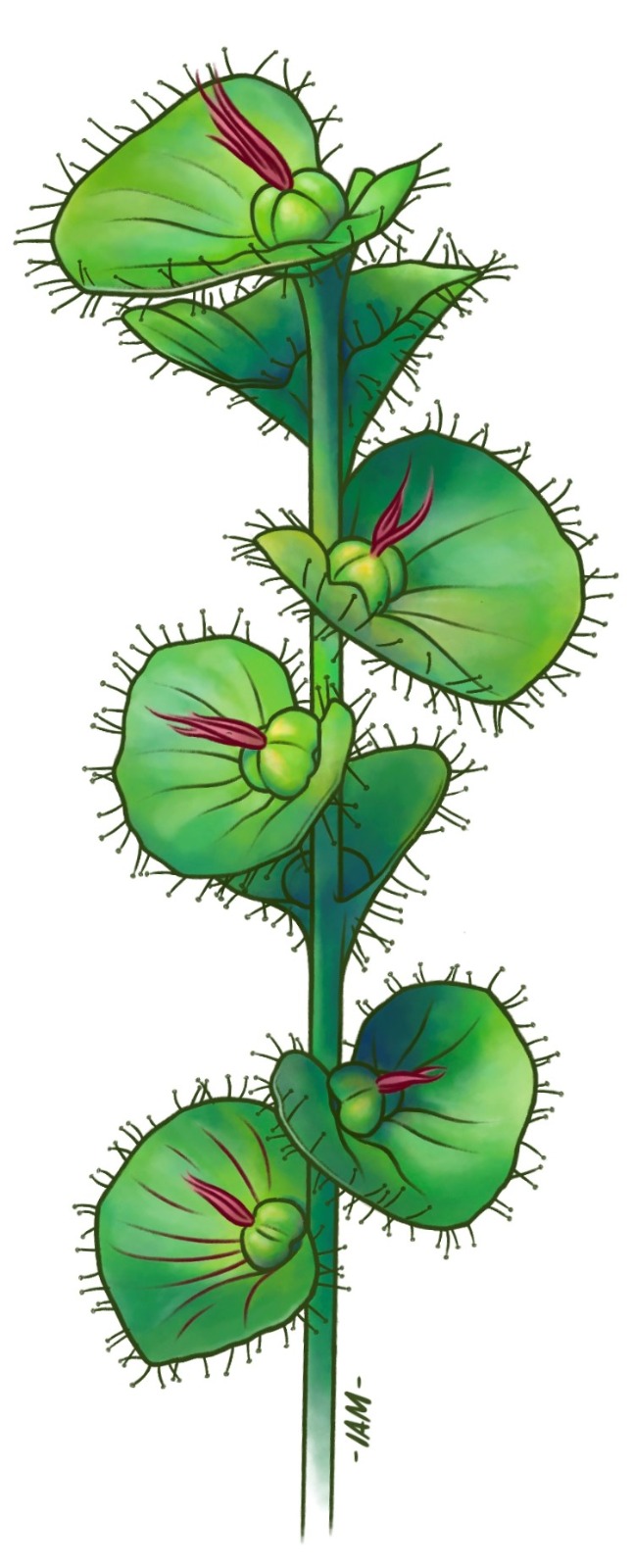Welcome to the ATIS project website!

Acalypha is an extremely diverse genus of around 500 flowering plant species with a mainly pantropical distribution. It includes species of ecological, economic, and pharmacological importance, with several known for their antibacterial, antifungal, and anticancer properties, or as traditional remedies for insect and reptile bites. For over two decades, our team has led global Acalypha research —publishing monographs, floristic treatments, anatomical studies, and describing nearly 50 species new to science. Between 2023-2027, we aim to deliver a comprehensive taxonomic and evolutionary framework for Acalypha, with a focus on continental Africa. [Learn more about our current project in about us section.]
This website offers comprehensive, scientifically validated resources on the taxonomy, phylogeny, medicinal uses, conservation, and biogeography of Acalypha. You can explore:
- Nomenclature for ~1,700 published names.
- Data from ~40,000 herbarium specimen records.
- Access to ~25,000 images, including photographs and illustrations.
- Over 1,600 literature references.
- Conservation assessments of over 200 species.
- Ethno-pharmacological information of all species with recorded uses.
- Other tools, including interactive identification keys or phylogenetic data (in construction)
We are driven by innovation and interdisciplinary collaboration to advance biodiversity research and conservation. Our team actively explores new ideas across plant taxonomy and related fields, and we welcome partnerships with colleagues, institutions, and industry. If you’re a student, postdoc, or researcher interested in joining us, or have ideas for collaboration, we’d love to hear from you.
Usage of the data hosted in this web server implies the explicit indication of the source,
as follows: Cardiel, J.M., Muñoz-Rodríguez, P., Montero-Muñoz, I., Gamarra, R. & Ortúñez,
E. Acalypha Taxonomic Information System, www.acalypha.es [Date of request].

